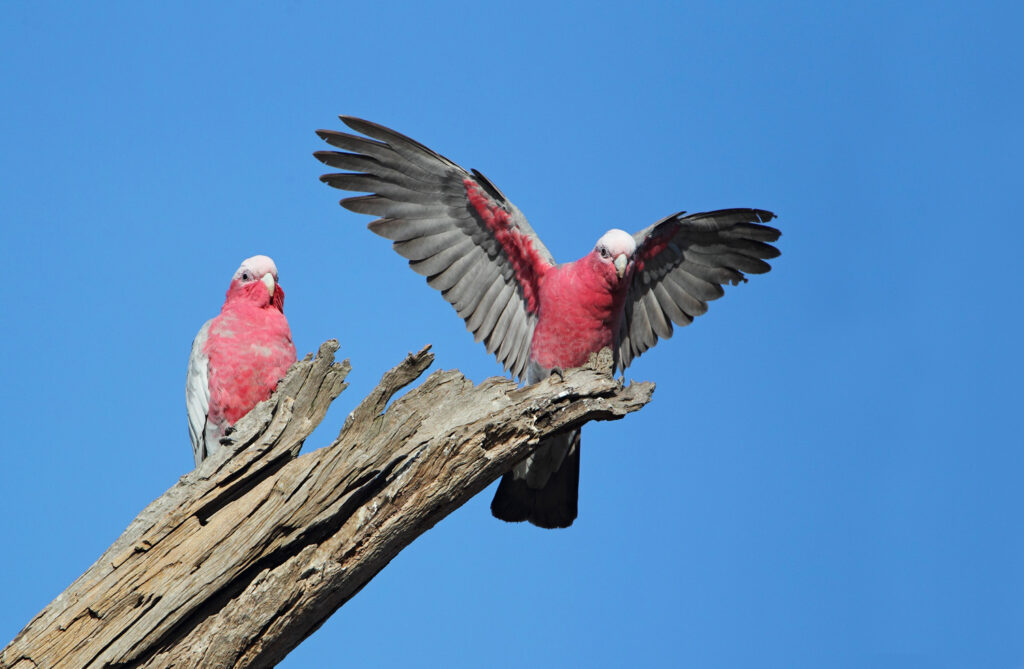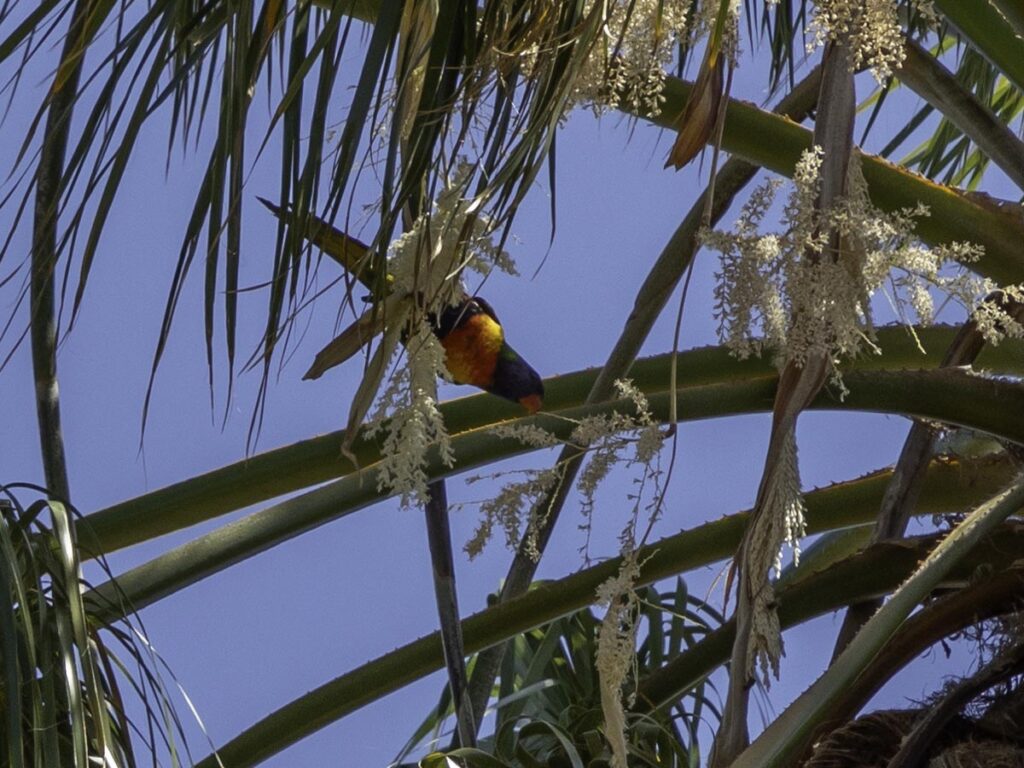
Eagle-eyed Bundaberg Region residents and citizen scientists are encouraged to dust off the binoculars and brush up on their bird spotting for this year’s Aussie Bird Count.
Now in its 10th year, the annual survey organised by BirdLife Australia will take place during National Bird Week, 16 to 22 October.
Participating in the survey is as easy as spending 20 minutes in an outdoor location and making note of the birds seen during that period.
Bird spotters can then register their observations on the BirdLife Australia website or via the free BirdCount mobile phone app, which includes a built-in ‘bird finder’ tool to help identify the species spotted.
All areas where birds are found are suitable for the survey, including urban environments like backyards, local parks, or city streets, and natural areas like reserves, parks and shorelines.
Results from last year’s Aussie Bird Count in the Bundaberg Region found 298 observers in the region completed 700 counting sessions during the survey period.
Bundaberg Region observers reported a total of 23,748 individual birds representing 194 bird species, with the Rainbow Lorikeet topping the table at 3,517 birds counted.
BirdLife Bundaberg President Rodney Jones said there were some great bird watching environments in the region, including the wetland area of Baldwin Swamp Environmental Reserve, Meadowvale Environmental Reserve and Barolin Nature Reserve.
“Although the Aussie Bird Count includes your own backyard as one of the spots to use, your enjoyment level will be increased by exploring a more natural environment such as a local park or favourite outdoor space,” Rodney said.
“Preferably try to avoid spots with too much human activity.

“My key messages to potential participants [is] start preparation now, explore all the available information, so that when the Count starts it can be all fun.”
The Bundaberg Regional Council Aussie Bird Count webpage has resources available including quizzes a colouring-in booklet, and where to find local parks.
Rodney recommends budding bird watchers develop a curiosity about birds and observe their habits and habitats to help identify the species.
“Morning and evening are the best times to look for birds; be patient, wait, look for movement, listen,” he said.
“Quite often you don’t get much time before the bird has disappeared, so look for key features such as the overall shape and colour, bill colour/shape, any significant markings, especially around the head, leg colour.
“The Aussie Bird Count app has a Find a Bird tab, using size, shape, colour, with a description, good photo, and map for species.”
BirdLife Australia’s National Public Affairs Manager Sean Dooley encouraged all Australians to join the campaign.
“The Aussie Bird Count is not just about counting birds,” Sean said.
“It’s also about connecting with our environment and contributing to the knowledge that underpins our conservation efforts.”
BirdLife Australia has resources and answers to frequently asked questions on its website to help participants find and identify birds in their area.
The Aussie Bird Count has grown to be one of the country’s largest citizen science projects, with participants around Australia contributing valuable data that informs to BirdLife Australia’s Bird Conservation Strategy, aimed at halting bird extinctions by 2032 and overall bird declines by 2050.
Visit the Aussie Bird Count website for more information and resources, and find out more about BirdLife Bundaberg here.







